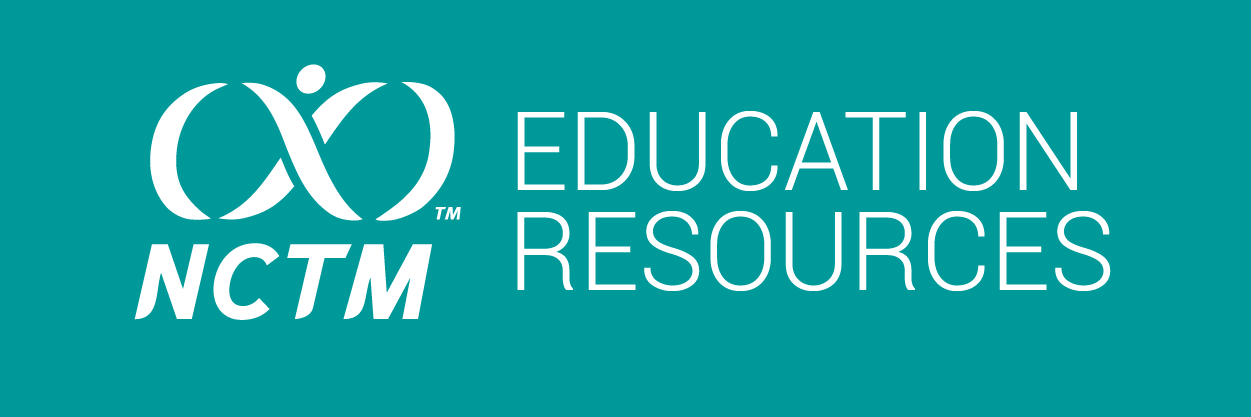Association Between Gender and Sport Watching Preference?
This lesson explores the relationship between gender and sports preferences using data from a two-way table. Students will analyze the data with methods like chi-square tests, bar graphs, and mosaic plots, using Stapplet for the analysis.



















